April 23, 1947
The concept for the T1 van, also known as the Volkswagen Type 2, originated from Dutch Volkswagen importer Ben Pon, who sketched the initial design on April 23, 1947. Ben Pon resided and worked in Amersfoort, Netherlands. The event takes place at the Wagenwerkplaats, the very location where trains from Germany delivered VWs to be distributed to dealers throughout the Netherlands.
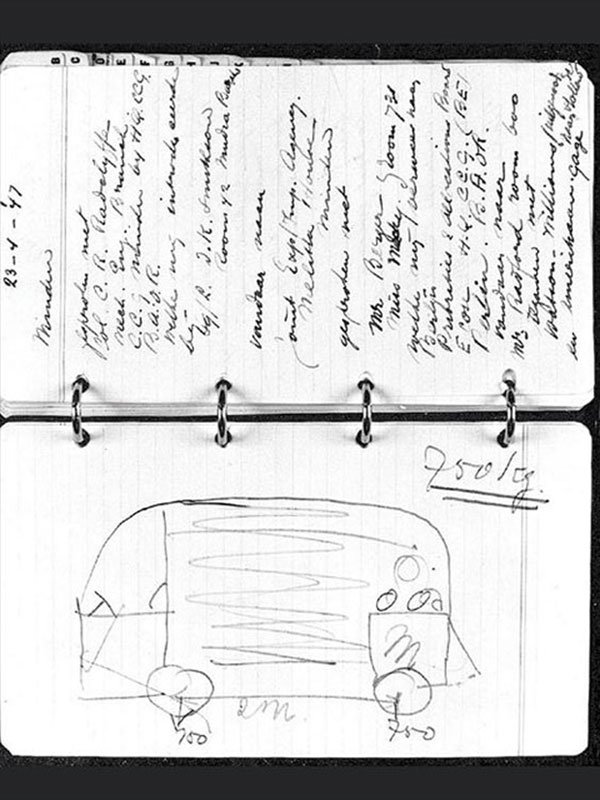
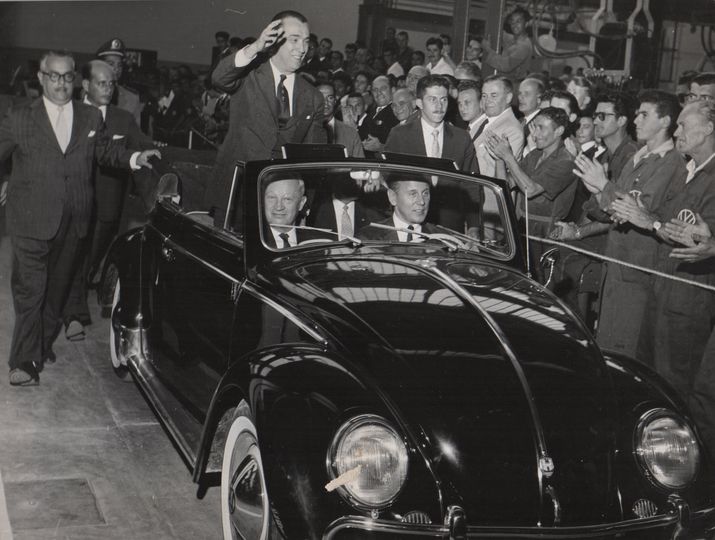
18 November 1959
Official opening of the Anchieta plant of VW do Brasil, 18 November 1959. Brazilian President Juscelino Kubitschek stands in the back of the car greeting the factory employees. At the wheel is Friedrich Schulz-Wenk, president of VW do Brasil with VW boss Heinz Nordhoff in the passenger seat.
1964
Workers assembling engines at the Anchieta factory of Volkswagen do Brasil in 1964
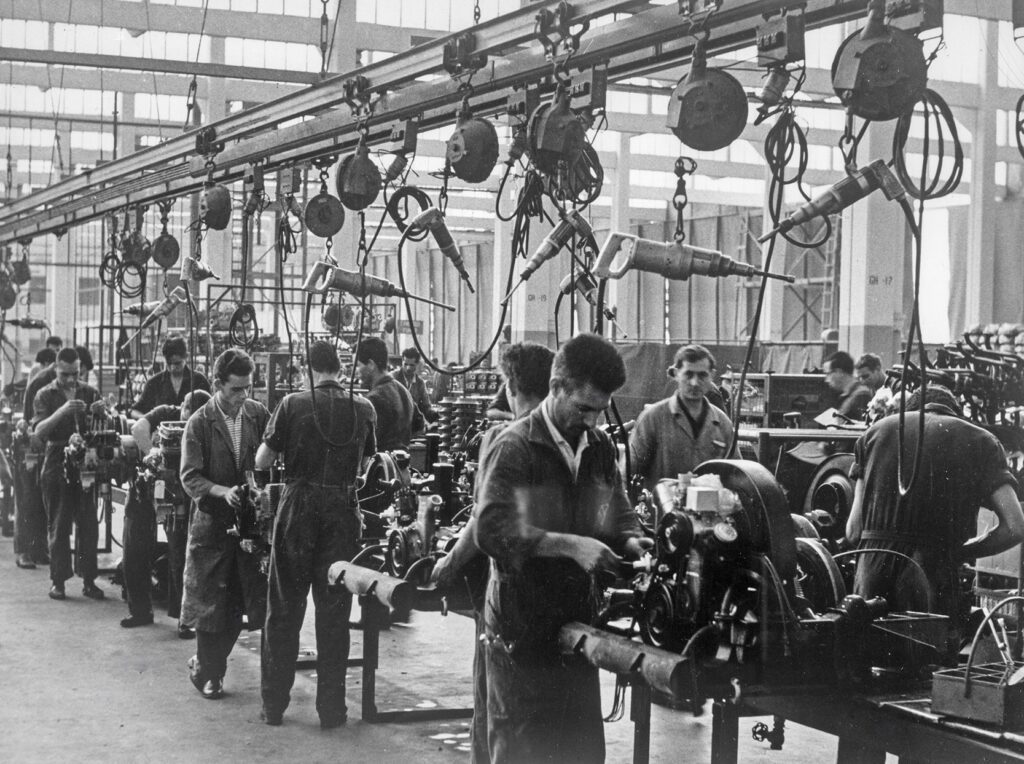
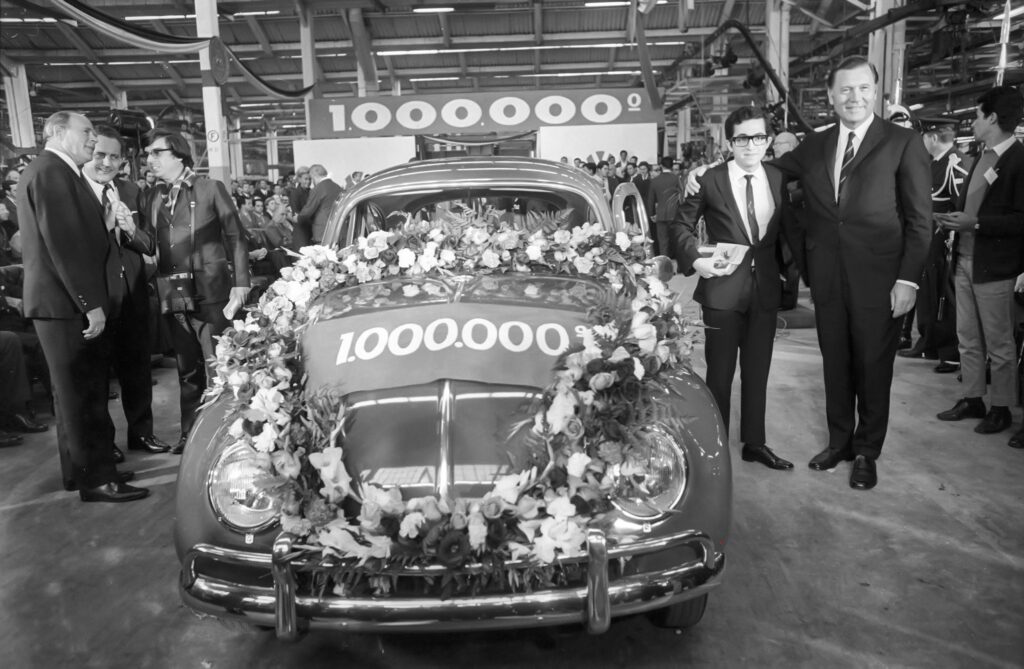
8 july 1970
On this day in 1970: Volkswagen do Brasil celebrated a plant production record of 1 MILLION Volkswagens at their Anchieta plant in São Bernardo do Campo.
Dr. Rudolf Leiding, President and CEO of VW do Brasil, and the workforce at the plant were justly proud of this outstanding achievement.
At this time, daily production in Brazil stood at 970 Volkswagens with an incredible market share of 61% for cars and 49% for commercial vehicles.
1971
The Karmann Ghia TC (Touring Coupé) was introduced in Brazil in 1971. This model was specifically designed for the Brazilian market and produced by Volkswagen do Brasil. It featured a distinct design compared to the original Karmann Ghia, with a more angular and modern look, catering to the tastes of Brazilian consumers at the time. 18,119 were produced from 1971 until 1976.
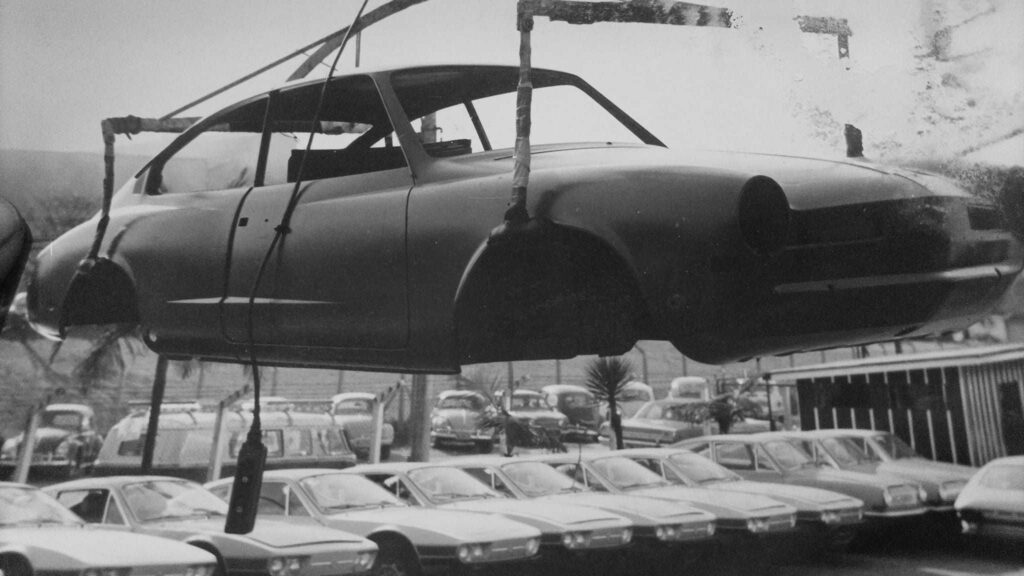
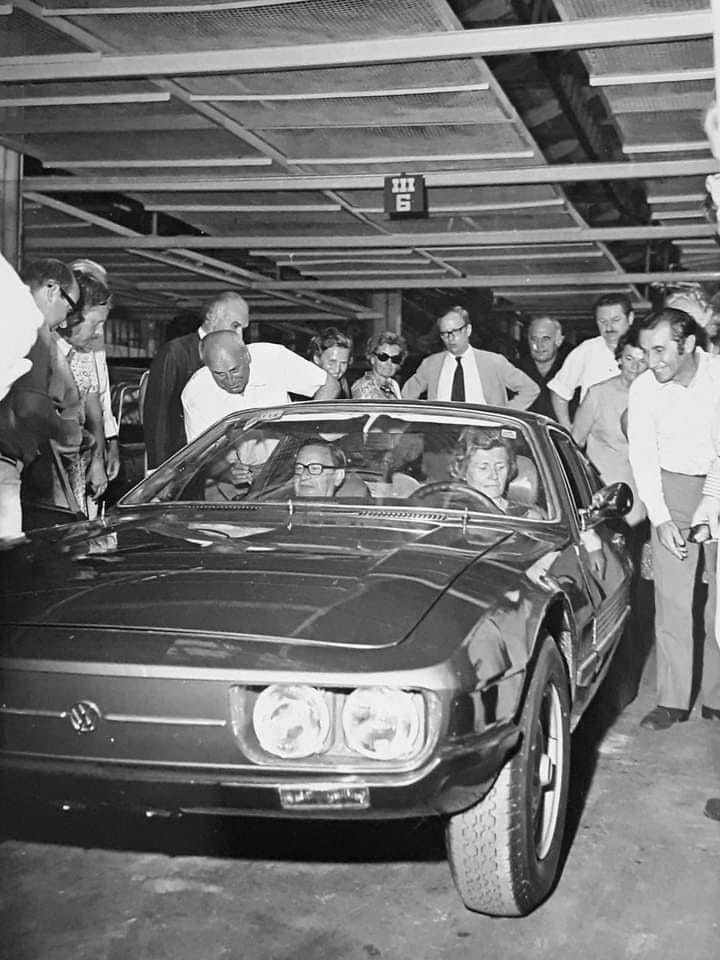
26 October 1972
Presentation of the VW SP2 at the Anchieta plant at São Bernardo do Campo to visitors from Germany and Argentina. Despite many good features, the SP found too few buyers and lacked in performance, particularly against the Puma which had a GRP bodyshell. As a result, SP2 production ended on December 23, 1975. A total of 10,206 units were produced, of which about 680 were exported, including 155 to Nigeria.
1973
The Volkswagen Brasília was introduced in Brazil in 1973. It was designed and produced at the São Bernardo do Campo plant specifically for the Brazilian market. The Brasília was a compact car that combined the reliable mechanical components of the VW Beetle with a more modern and practical hatchback body style, making it a popular choice in Brazil during its production run.
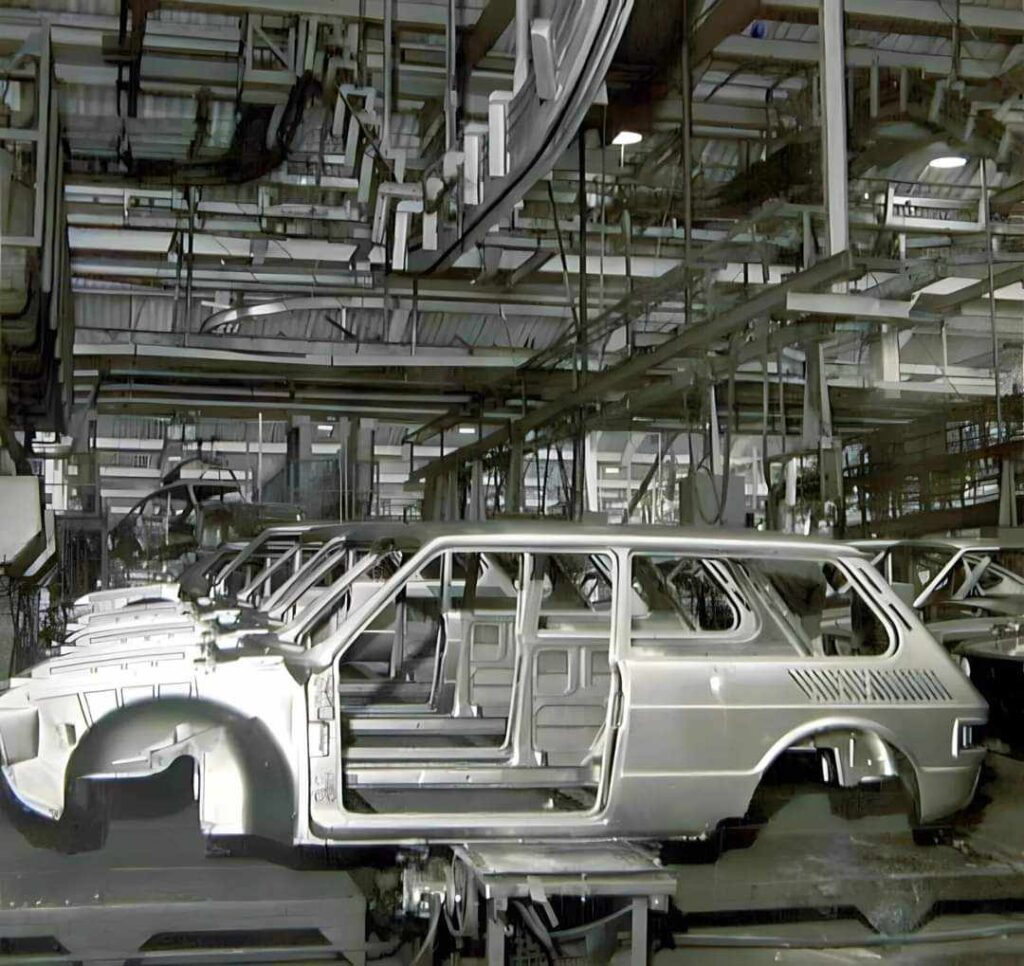
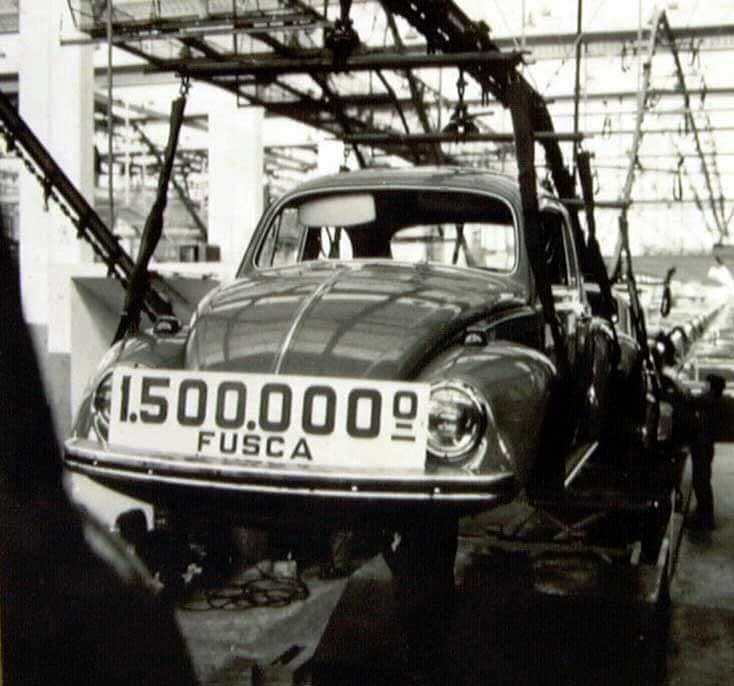
1973
1,5M VW Fusca produced worldwide
1976 VW Bus T2
The Volkswagen T2, also known as the second generation of the VW Transporter (or Kombi), was introduced at the São Bernardo do Campo plant in Brazil in 1976. This model succeeded the T1, continuing the legacy of the iconic VW Bus with various improvements and updates in design and functionality. The T2 production in Brazil became notable for its extended production run, lasting much longer than in other parts of the world due to its popularity and practicality in the Brazilian market. This production continued until 2013, marking the end of an era for the classic VW Kombi.
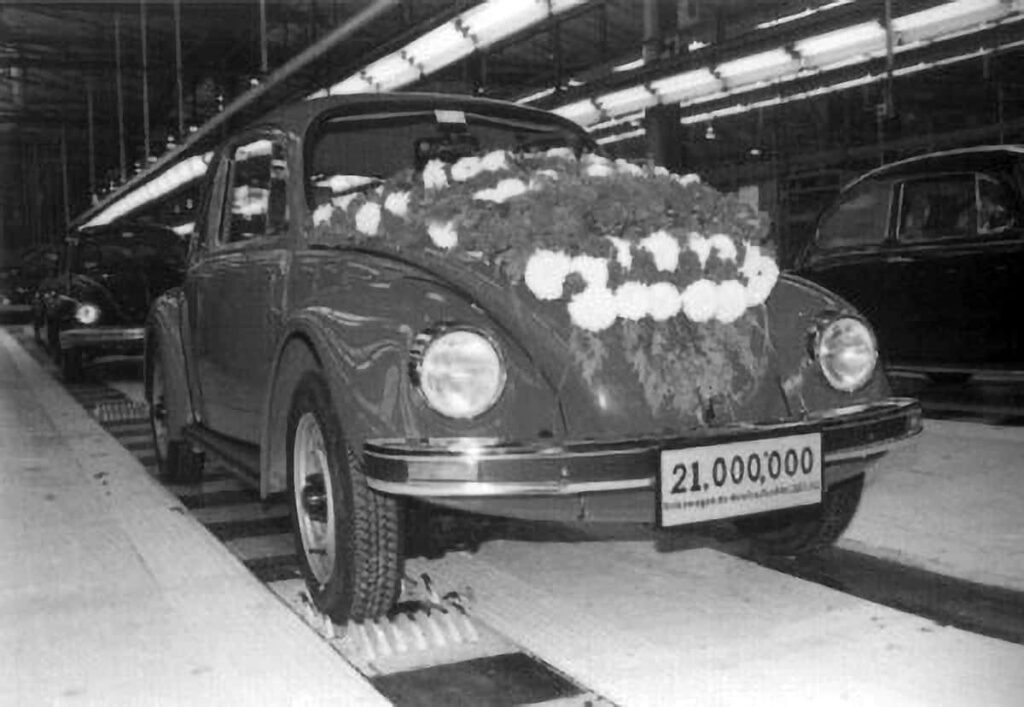
23.06.1992
On this day in 1992, a worldwide production record of 21 Million Beetles was celebrated at Volkswagen de México in Puebla.
28 June 1996
The Brazilian production line officially closed on 28 June 1996, ending an era of Fusca assembly in Brazil from 1953 to 1986, and a reintroduction of the model, known as the Itamar Fusca, in 1993 which lasted almost three more years.
It was also a celebration a production record at the plant of just over 3 million cars. With the end of production in Brazil, this left the Puebla plant of Volkswagen de Mexico as the sole remaining VW factory in the world still producing the legendary Beetle.
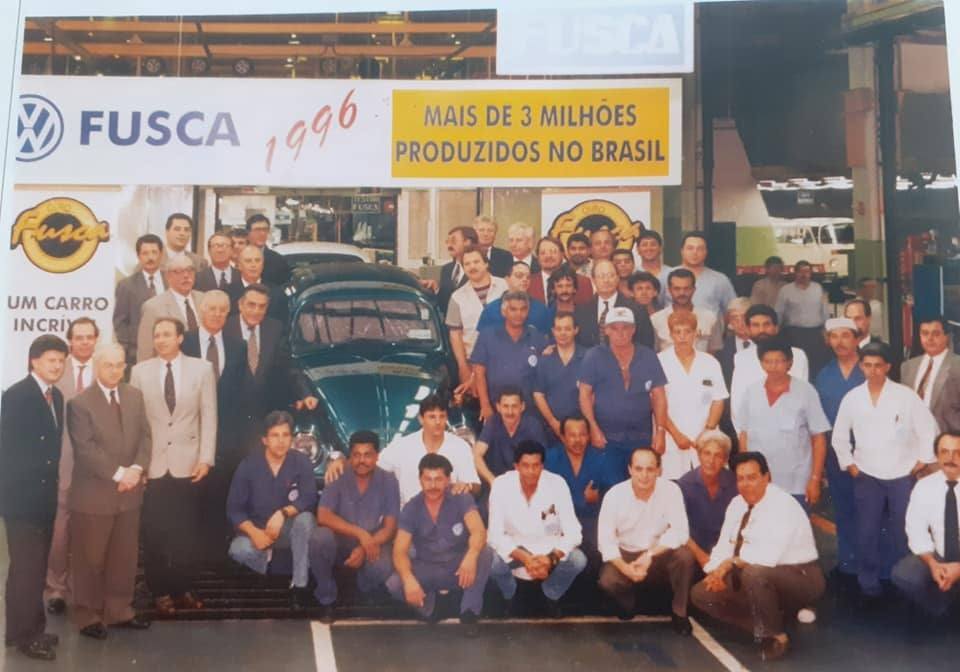
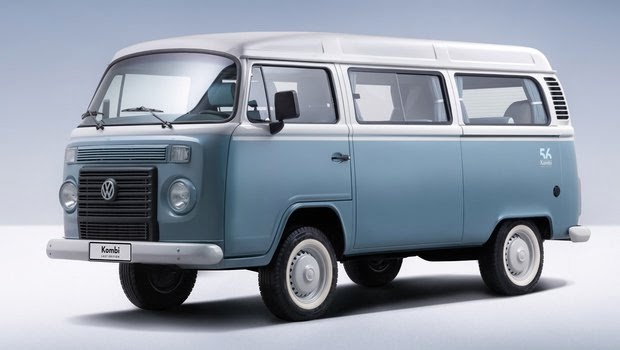
2013
Last Edition…The end of production of the best-selling station wagon in the world
In 2013, due to new legislation, which obliges manufacturers to produce vehicles from 2014 onwards with Double Air Bags and ABS brakes, Volkswagens was forced to discontinue the hitherto “eternal” Kombi. Many sources point out this as the real reason, while a minority emphasizes that the Kombi model was somewhat outdated, compared to its competitors in the category. From September 1957 to July 2013, 1,551,140 units of the model were produced at the São Bernardo do Campo factory. After 56 uninterrupted years of production in Brazil, the Kombi. has the longest-running history in the global automobile industry